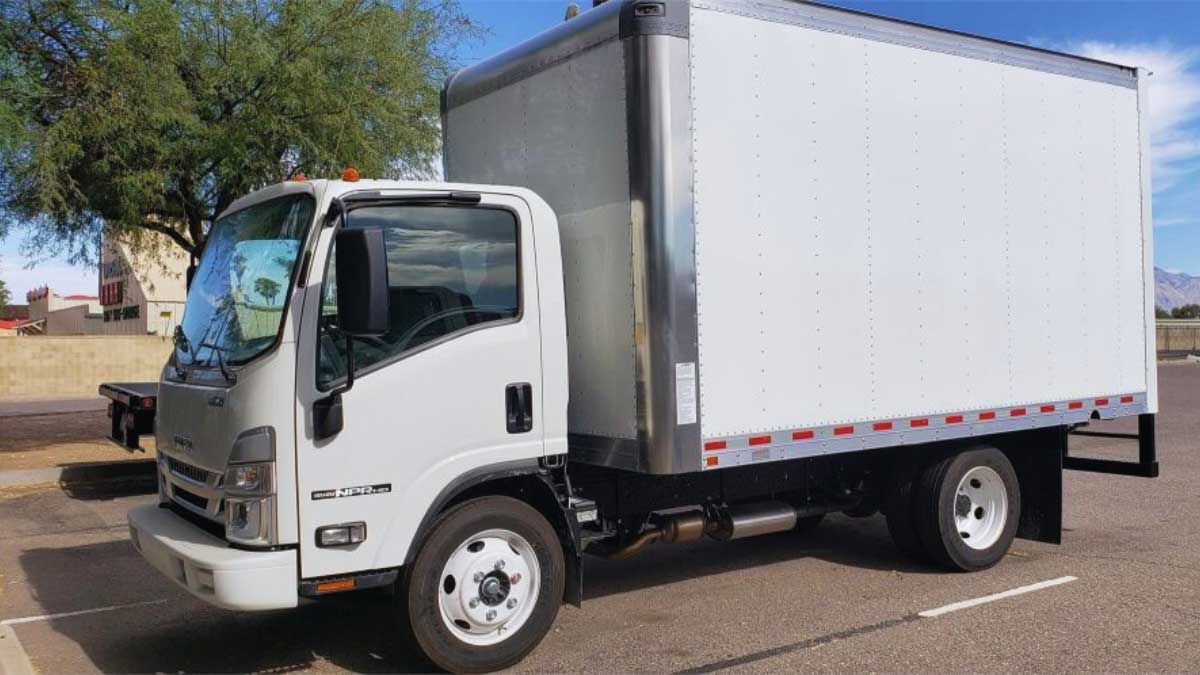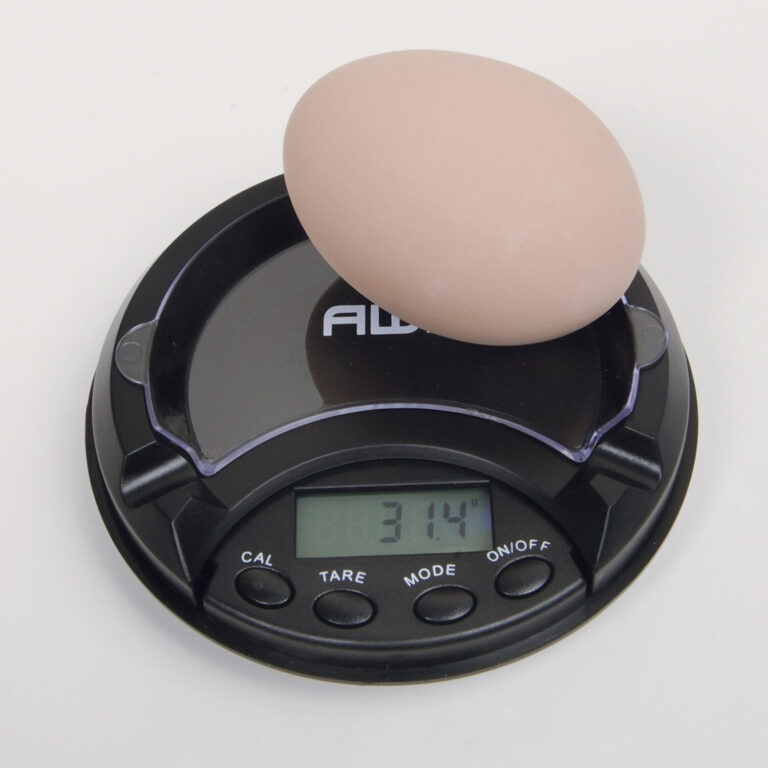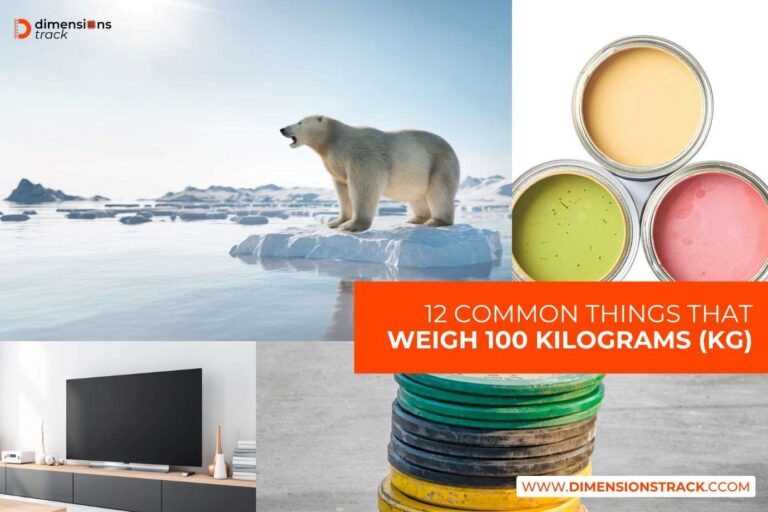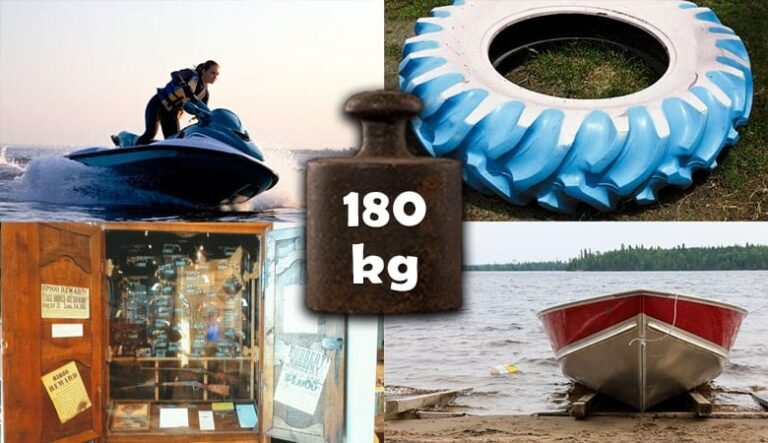How Heavy is 3 Tons? Understanding Weight Comparisons
When you hear the word “ton,” you might think of something incredibly heavy, and you’d be right. But just how heavy is 3 tons? To put it in perspective, a single ton is equivalent to 2,000 pounds or about 910 kilograms. So, 3 tons would weigh a staggering 6,000 pounds or roughly 2,730 kilograms. That’s about the weight of an average car!
Understanding the weight of 3 tons can help you visualize large quantities or understand industrial measurements. Whether you’re dealing with construction materials or simply curious about everyday expressions like “tons of homework,” knowing the actual weight can provide fascinating insights. Dive into the world of tons, and you’ll discover just how these massive units of measurement impact various aspects of life.
Key Takeaways
- Understanding the concept of tons and how it translates into pounds or kilograms helps to visualize and compare the weight of large objects.
- In the US, 1 ton equals 2,000 pounds, meaning 3 tons equates to a substantial 6,000 pounds or approximately 2,730 kilograms.
- Everyday objects like certain cars, a white rhinoceros, or a blue whale’s tongue all provide real-world examples that approximate the weight of 3 tons.
- The comprehension of weight conversions is crucial for practical fields like construction, logistics, and transportation to ensure safety and efficiency.
- Knowing the weight of 3 tons and its equivalent in other measures, like a Ford F250 truck or a fully-loaded elevator, highlights the scale and impact of this measurement on daily life and industrial practices.
Understanding Weight Conversions
Understanding weight conversions helps you grasp the scale of large and heavy objects. Weight is often expressed in tons and pounds, which are common units in the US and the UK.

Tons and Pounds
Weight conversion between tons and pounds is crucial. In the US, 1 ton equals 2,000 pounds. That’s called a short ton. In contrast, a UK ton, or long ton, equals 2,240 pounds. Globally, the metric ton (tonne) used mostly in international contexts is 2,204.6 pounds. Therefore, when you think of 3 tons, it translates to 6,000 pounds in the US measurement system.
Common Weight Comparisons
Relating weights to familiar objects clarifies these measurements. A 2009 Ford Taurus car, weighing about 1.821 tons, is lighter than 3 tons by a factor of approximately 1.65. Picture an adult black rhinoceros weighing about 2.30 tons. In this case, 3 tons represent roughly 1.3 times the rhinoceros’s weight. For a more immense comparison, consider the African bush elephant, weighing about 6.70 tons. Here, 3 tons are nearly half its mass, illustrating how profoundly weight can vary across different creatures. Use these comparisons to better relate to the abstract figures tons and pounds often present.
Converting Tons to Pounds
Understanding weight conversions between tons and pounds is essential, especially in contexts like construction and shipping. Tons and pounds are common units for measuring hefty weights, and knowing how they relate aids in various practical applications.
Conversion Formula
Converting tons to pounds is super easy! All you need to do is multiply the number of tons by 2,000 . This is because 1 U.S. ton is the same as 2,000 pounds .
Let’s say you have 3 tons and you want to know how many pounds that is. You can use this formula:
pounds = tons × 2,000
Now, let’s try converting 3 tons to pounds:
3 tons × 2,000 = 6,000 pounds
So, 3 tons equals 6,000 pounds !
Explanation:
Every ton is made of 2,000 pounds . So, if you need to know how many pounds are in a certain number of tons, just multiply the tons by 2,000. For example, if you have 3 tons, that’s 3 times 2,000 , which gives you 6,000 pounds .
Examples of Conversion
To further illustrate the conversion process, consider these examples, which help contextualize the formula:
- 1 Ton to Pounds: When you have 1 ton, the conversion results in 2,000 pounds.
- 3 Tons to Pounds: For 3 tons, applying the formula provides 6,000 pounds.
- 5 Tons to Pounds: By converting 5 tons, you get 10,000 pounds.
These examples show how simple arithmetic can transform a weight from tons to pounds, making large numbers more manageable and comparable. Understanding these conversions broadens your capacity to handle tasks involving substantial weight calculations, supporting everything from academic pursuits to professional roles in logistics and engineering.
Equivalent Weights to 3 Tons
In understanding how heavy 3 tons is, it’s useful to compare it with equivalent weights. Different countries and systems define a ton in specific ways, affecting how it converts to pounds. Here’s how 3 tons stack up in different weight systems.
Everyday Objects Weighing 3 Tons
Recognizing everyday objects that weigh around 3 tons helps you visualize this weight. Examples include a small car and a white rhinoceros. Each of these objects exhibits how heavy 3 tons can be:
- Small Cars: Although not typically this heavy, some small cars weigh up to 3 tons.
- White Rhinoceros: These magnificent creatures generally weigh around 3 tons.
- Blue Whale’s Tongue: Despite its surprising nature, this giant tongue also hits the 3-ton mark.
Vehicles and Equipment
Vehicles and equipment often illustrate substantial weights. Consider these examples which generally weigh around 3 tons:
- Ford F250: This popular truck model can approach 3 tons when fully outfitted.
- Fully Loaded Elevator: With passengers, an elevator might weigh as much as 3 tons.
- FWD Model B 3-Ton US Army Ammunition Truck: Purpose-built for carrying significant loads, these trucks weigh precisely 3 tons.
Understanding these weights can assist you in appreciating the massive scale 3 tons represents across different items and vehicles.
Why Understanding Weight is Important
Understanding the weight of 3 tons holds significant value across various domains. When you grasp what this implies, you equip yourself with critical insights into transportation and safety considerations.
Practical Applications
In transport, knowing that 3 tons equals 6,000 pounds is essential for managing vehicle loads. This knowledge prevents overloading, which could lead to accidents and damage. For construction, recognizing the weight of materials ensures compliance with project specifications and structural integrity. In logistics, understanding these measurements aids in shipping decisions and cost management. Matching cargo weight with vehicle capacity optimizes efficiency and minimizes risks.
Safety Considerations
Safety heavily depends on accurately knowing weight limits. If a bridge or road can handle no more than 3 tons, then exceeding this weight endangers everyone and everything involved. Overloaded vehicles impair maneuverability, increasing the likelihood of accidents. In emergency services, equipping rescue and police vehicles optimally requires understanding these measurements. This ensures they maintain safe operations without risking collapse or failure under excessive loads.
Conclusion
Grasping the weight of 3 tons is more than just numbers; it’s about understanding its real-world implications. Whether you’re involved in construction, logistics, or just curious about weight comparisons, knowing how to convert and visualize 3 tons can be incredibly useful. With the ability to convert tons to pounds and relate them to everyday objects, you can make informed decisions and ensure safety in various fields. This knowledge empowers you to handle large quantities confidently, whether you’re managing loads or simply trying to comprehend the scale of different objects and vehicles.







